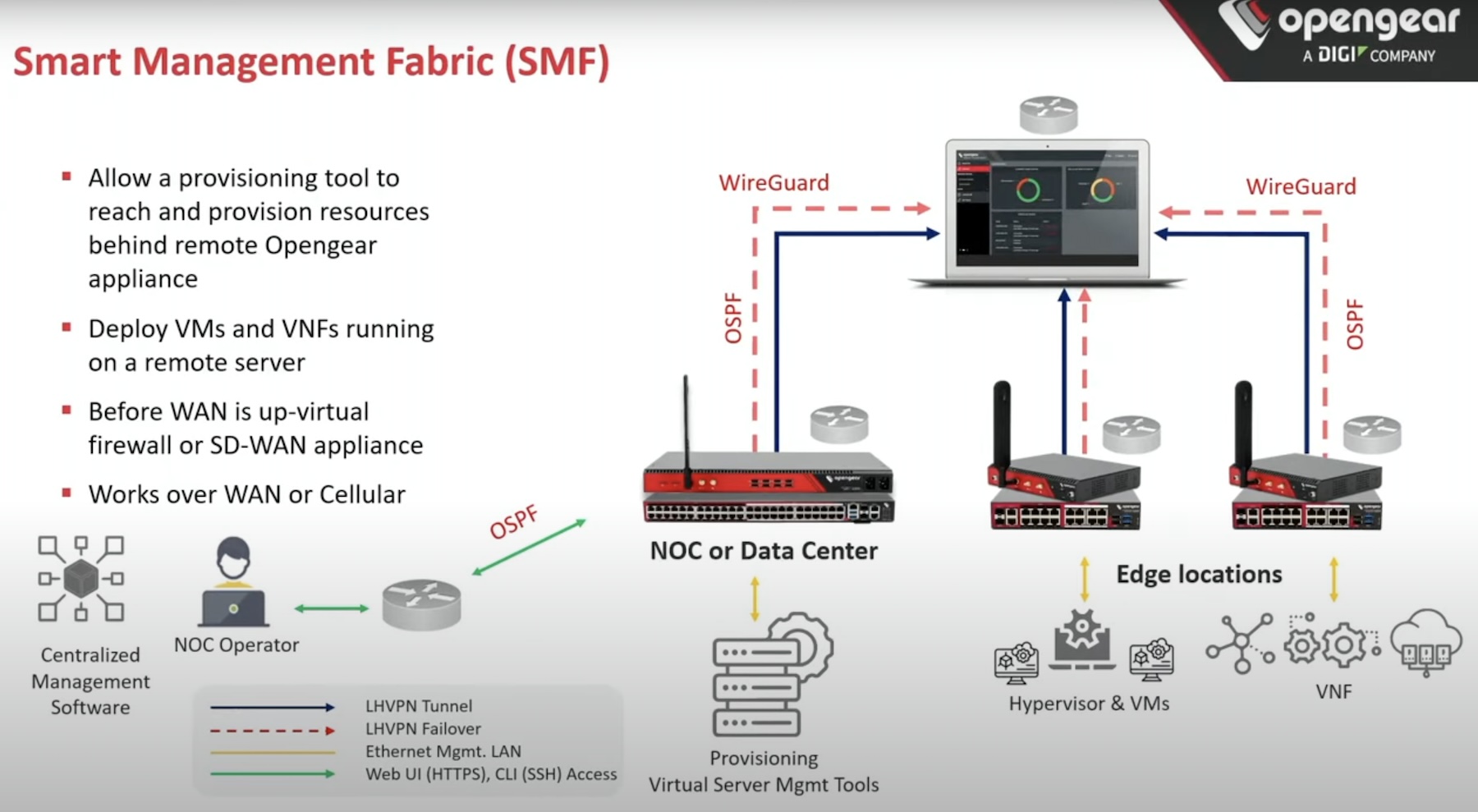Network blackouts are eating away at business turnovers. Worldwide reports of service outages indicate that of the 100 outages that occur yearly, 20 are high-profile ones that cause complete shutdowns, while smaller incidents create short-lived service disruptions for users.
In either cases, every minute of downtime translates to reduced user experience and revenue loss for businesses, because when a service goes down, the impact is widespread.
A New Era of Networking
Places of work have moved outside the familiar confines of offices, while businesses have penetrated overseas markets by means of digitization. The expectation of anytime, anywhere access grows stronger every year among users and employees alike.
Ideally, every user and site should have a dedicated service desk to call for tech support, but that’s an unsolved problem right now. The closest thing available to enterprises is an out-of-band network or OOB network. This gives network administrators remote management capabilities over an alternate network through outages and disruptions.
Opengear, a leading name in remote access and infrastructure management, recently rolled out some cool new features for its out-of-band solution which takes OOB management to the next level. At Tech Field Day Extra at Cisco Live US 2024, sr. manager of product and strategy, Jeff Blyther, showcased the new releases, followed by a live demo given by co-presenter, Daniel Cecalacean.
In business for over two decades, Opengear is an out-of-band management company. Its specialty is OOB solutions that allow network professionals to oversee network health efficiently and deploy, manage and remediate resources from anywhere.
“Our claim to fame,” said Blyther, “is failover to cellular. Even if the whole network should go down, we still can get you in over cellular and allow you to connect to any device on that network.”
Failover to Cellular (F2C) provides connectivity through high-speed 4G and 3G networks during primary link outage. This works like a secondary network that administrators can log into to access devices and bring them back up and running.
Out-of-Band Management with Opengear
Opengear OOBM primarily constitutes two building blocks – network appliances, and a management portal called Lighthouse. Opengear describes the Lighthouse software as “the linchpin of the entire solution”.
Opengear positions the OOBM solution as an operators’ companion for the first day, worst day, and every day. But as customers’ needs are slowly shifting, they are now hungering for a true management network that can get them access to everything – not just console ports, but IP addresses, and management portals too.
This presented the opportunity to up-level Lighthouse and give momentum to long-term goals. The vision with Lighthouse is to make it a solution that requires the bare minimum human intervention, Blyther shared. On Day 0, it should get new networks up and running automatically, and in the subsequent days, be the single source of truth for all connected resources.
New Enhancements
In 2023, Opengear announced a new and upcoming solution which at the time was named Remote Management Fabric. The Opengear team built it up from proof-of-concept to a real-life solution.
In February, the company unveiled Smart Management Fabric (SMF), a unified management framework that caters to personas like network engineers, system administrators and support staff.
“The idea is to stitch together all infrastructure equipment, all your teams and their tools to get access to anything anytime in a management network scenario,” said Blyther.
The framework provides access to any IP-based resources, physical or virtual, and allows provisioning, monitoring and management of IP endpoints through automation tools. “This will allow you access from one network to the other to another through the Opengear fabric.”
Resources must be provisioned behind remote Opengear appliances through a provisioning tool. That template will ensure that the node is a part of the SMF network.
“We provide a wide-open pipe all the way across to your network for whatever you want to do – joining it to IP addresses, pushing down firmware, and configurations – we’ve got that whole fabric open for you now,” he said.

Communication between Opengear nodes and the Lighthouse is secured by an open VPN tunnel. The tunnel is doubly secured with a WireGuard tunnel through which all SMF and OSPF traffic is routed.
A second feature added to the Lighthouse is Connected Resource Gateway or CRG. CRG allows clientless access to any IP address or GUI on the other side of the Opengear device. This simplifies access and management of resources while enhancing security through role-based access control (RBAC) permissions and tags.
So far, assets were deployed on to Lighthouse using Opengear’s low-touch enrollment solution that consisted of an USB stick and an LH script. A new portal called the Lighthouse Service Portal or LSP makes enrollment a zero-touch affair.
Usually used in conjunction with Lighthouse, LSP is a cloud-based SaaS solution that automatically discovers and inventories assets, and acts as the single source of truth in the network.
Every customer is given an LSP account through which they can view and deploy assets instantly into Lighthouse.
“You could buy 5 assets or 500. They’ll all be in there. You can create a bundle and that information will get sent down to the Opengear devices through an X.509 certification. The Opengear device then has everything it needs to enroll itself into the customer’s Lighthouse Portal.” explained Blyther.
Blyther gave a high-level overview of how things happen behind the scenes. First, Opengear appliances call home to the Lighthouse Service Portal and enroll themselves. During enrollment, the SMF template is pushed down to the appliance. This brings up the fabric creating a direct connection between two separate networks. Communication with devices on the other network is thus enabled.
To learn more, be sure to catch the demo in the second half of the Opengear session from the Tech Field Day Extra at Cisco Live US 2024 event.

